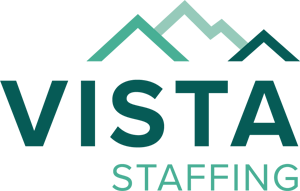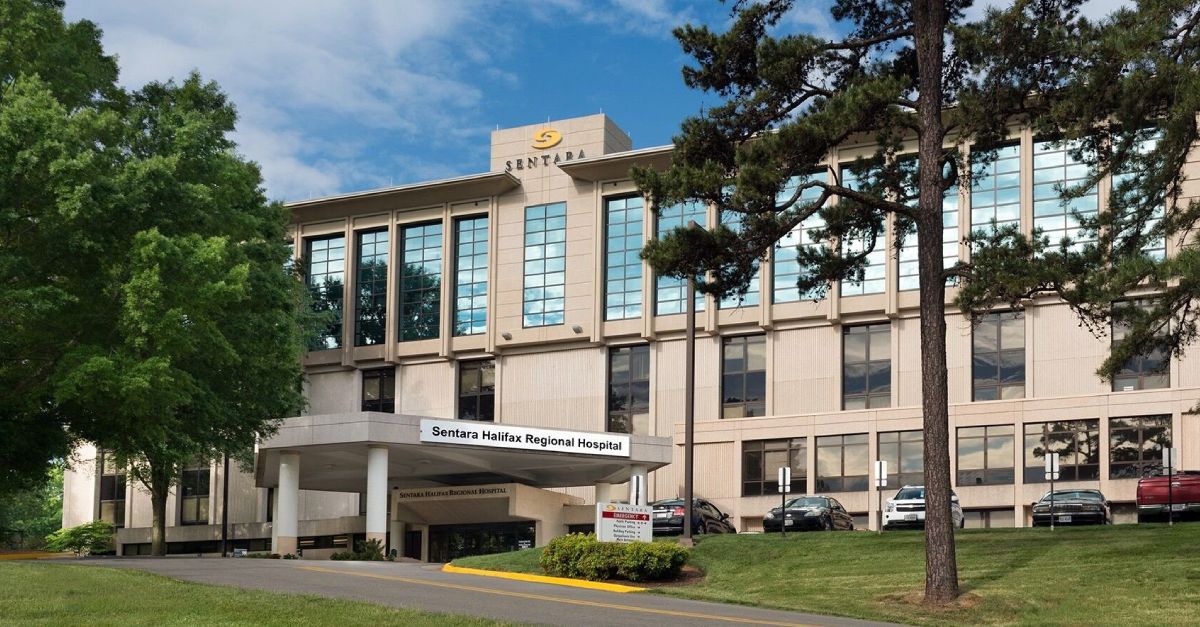
Mitigating the Projected Shortage of Anesthesia Providers Requires Creative Solutions
You’ve seen the headlines: How Physician Shortages Could Change the Future of Anesthesiology, The Physician Leader’s Role in Navigating the Anesthesia Provider Shortage, Weathering the Storm in Anesthesiology, and dozens more.
While the continued shortage of anesthesia providers will certainly have a financial impact on healthcare facilities, it also impacts provider satisfaction, clinical operations, patient access and care quality. Successfully navigating the shortage requires physician leadership—and creativity—now and into the future.
A Closer Look at the Shrinking Anesthesia Provider Pool
Currently, there are 42,264 active anesthesiologists and 56,000 active certified registered nurse anesthetists (CRNAs). By 2033, however, the Association of American Medical Colleges (AAMC) predicts a shortage of 12,500 anesthesiologists, nearly 30 percent of the current field. CRNA shortages are also predicted, particularly in rural communities.
Compounding this issue is that in 2023, 46 percent (1,353) of medical students seeking a residency in anesthesiology did not match. Further, beginning in 2025, all new CRNAs will be required to hold a Doctor of Nursing Practice degree, adding an extra year of training and reducing the number of CRNAs graduating over the next three years, according to the American Association for Physician Leadership (AAPL).
Post-pandemic burnout, a large portion of providers choosing to retire, and increased demand are all factors affecting the current pool of anesthesiologists.
Dr. John E. Vazquez
“The reason for the shortage of anesthesiologists is multifactorial,” explains John Vazquez, MD, chief medical officer for VitalSolution-Anesthesiology. “Post-pandemic burnout, a large portion of providers choosing to retire, and increased demand are all factors affecting the current pool of anesthesiologists. CRNAs are also in short supply for many of the same reasons.”
Of the 42,220 active anesthesiologists in the country, 56.9 percent are 55 or older, according to the Association of American Medical College’s 2022 Physician Specialty Data Report. During the COVID-19 pandemic, research shows that the annual exit-from-practice rate for U.S. physicians aged 55 or older increased from 3.9 percent annually to 7.2 percent.
These factors are exacerbated by a growing aging population who increasingly need surgical procedures. For example, the number of outpatient surgeries performed in U.S. community hospitals increased by 7 percent between 2008 and 2018, and this is expected to continue to trend upward. In addition, the number of adults eligible for Medicare is projected to swell from 65 million to 76 million in the next seven years, furthering increasing the need for surgical services, says Dr. Vazquez. In short, demand is increasing while the supply of providers is decreasing.
The Recruitment Evolution
In many facilities, anesthesia providers are recruited via traditional sourcing and compensation strategies. However, during a provider shortage, these recruiting strategies can only move the needle so much, according to the AAPL. Instead, to ensure adequate anesthesia coverage, physician leaders need to employ a proactive approach that “deeply engages” providers and partner organizations. In the past, anesthesia groups have focused on recruiting lifetime partners, but this tactic is no longer unrealistic in this new healthcare environment.
“Historically, a provider took a job and stayed there for decades,” explains Dr. Vazquez. “Now, clinicians are quite mobile and move around a lot, chasing the best opportunity with the best pay.”
The Short- and Long-Term Effects of the Shortage
“Hospitals are already seeing the effects of the anesthesia provider shortage,” says Dr. Vazquez. “While facilities across the country are feeling the pinch, rural areas are being hit the hardest because those areas are often more challenging to staff. Urban and suburban areas have larger pools of practitioners from which to draw.”
As predicted, the most significant impact is burnout. In 2022, 47 percent of anesthesiologists reported feeling burned out, while 56 percent of CRNAs said they felt “very” or “somewhat” burned out.
“Physician burnout becomes a spiral,” he adds. “When physicians leave the field, those left must pick up call and extra hours, which can burn them out, too. If additional anesthesia providers leave, organizations will struggle to recruit and retain an adequate number to handle the demand.”
Another impact is the potential for lower-quality care. Dr. Vazquez explains, “Hospitals want to provide care in a timely way, but when capacity is reduced, they can’t run the same number of procedural sites. As a result, they end up doing more procedures in fewer rooms or postponing elective surgeries altogether to ensure coverage for urgent and emergent cases.”
When elective cases are postponed, patients may choose to have surgery at another facility, meaning the original facility loses out on that revenue. With surgical services accounting for roughly 60 percent of a hospital’s revenue, facilities risk operating in the red if the OR isn’t running at capacity.
Four Steps for Dealing with Anesthesia Provider Shortages: Solutions for Hospital Leaders
“Procedural areas contribute an important margin for organizations to be successful and contribute to the bottom line,” Dr. Vazquez explains. “Hospitals must have a strategy for dealing with anesthesia provider shortages. If you don’t have one, you need one right now.”
STEP 1
Step one, he says, is to talk with your current anesthesia team and brainstorm ways to strengthen your facility’s relationship with that group. Work together to develop a plan for filling any openings and ensuring continuous coverage. If there are gaps, address them together.
STEP 2
Organizations don’t have to keep all their eggs in one basket. They can—and should—diversify their anesthesia team so that they aren’t stuck if a group leaves.
Dr. John E. Vazquez
Supplementing anesthesia staff with additional providers is step two. Transitioning from physician-only to a physician-CRNA model can help ensure full coverage at a lower cost. Over the past 10 years, many state legislatures have significantly increased the allowable physician-to-CRNA practice ratios. Depending on the state, this may include using CRNAs for nerve block procedures for surgical patients and epidural pain blocks for obstetric patients.
“Organizations don’t have to keep all their eggs in one basket,” Dr. Vazquez explains. “They can—and should—diversify their anesthesia team so that they aren’t stuck if a group leaves.”
For example, if a hospital is happy with its current group, it can keep those clinicians and VitalSolution can supplement them with dedicated providers when necessary. If the hospital is unhappy with its current group, we can replace it with a dedicated group of providers with multi-year contracts to ensure stability. With VitalSolution, hospitals can adjust their level of anesthesia staffing as needed.
STEP 3
Step three is creating a flexible, supportive work environment for all providers, including anesthesiologists and CRNAs. Initiatives like flexible scheduling, mentorship programs and leadership development opportunities can help hospitals attract and retain quality providers. This may mean offering a variety of employment options, including full-time, part-time, per diem and “no call” arrangements.
“The VitalSolution model allows clinicians to achieve work/life balance,” Dr. Vazquez says. “Our providers agree to longer-term engagements with competitive compensation instead of short, locums-style gig work. In turn, hospitals get a consistent, high-quality anesthesia service with skilled providers committed to that organization and community.”
STEP 4
Step four is matching staffing to demand.
“When it comes to staffing, one size does not fit all,” he explains. “Sometimes we contract with a hospital to provide just one clinician; in other cases, we provide the entire anesthesia team. Staffing ratios can be adjusted as the organization’s needs change. It’s important to find a flexible, creative option that doesn’t just cover shifts but provides a sustainable, stable anesthesia service.”
The Benefits of Partnering with VitalSolution
VitalSolution is a physician-led organization, so our leaders understand clinicians’ unique needs and motivations. Because we have a nationwide network of experienced anesthesiologists, we can deploy providers anywhere in the United States. In addition, CRNAs are offered a variety of opportunities, from working autonomously to collaborating with an anesthesiologist.
Our model encourages positive work/life balance. Our clinicians work seven days followed by seven days off. When a provider is off, he or she is truly off; there are no call requirements during off hours. This is particularly attractive to younger anesthesia providers who are increasingly choosing to work less.
We also offer opportunities for clinicians to grow and take on more responsibilities. If a client requests, our providers can serve on hospital committees. For example, they can share their expertise in perioperative processes to improve patient outcomes or help develop perioperative surgical home models or centers of excellence.
With stable, quality anesthesia coverage through VitalSolution, hospitals can expect:
- Improved outcomes
- Lower patient outmigration
- Fewer surgical delays and cancellations
- Reduced burnout and stress for existing staff
- Improved surgeon satisfaction
Hospitals—and anesthesia providers—will continue to be challenged by change over the next decade, from the fallout from the COVID-19 pandemic to changing practice and compensation models to evolving business trends. Finding staffing solutions that benefit both parties will be key to meeting those challenges.
Learn More About Consistent Anesthesia Provider Staffing
Ready to experience the benefits of consistent, top-tier anesthesia provider staffing? Contact us today to explore how our expert anesthesiologists and CRNAs can become a vital part of your healthcare team.
 company
company 
 (866) 755-7519
(866) 755-7519











